Adler Skywatch: April 2024
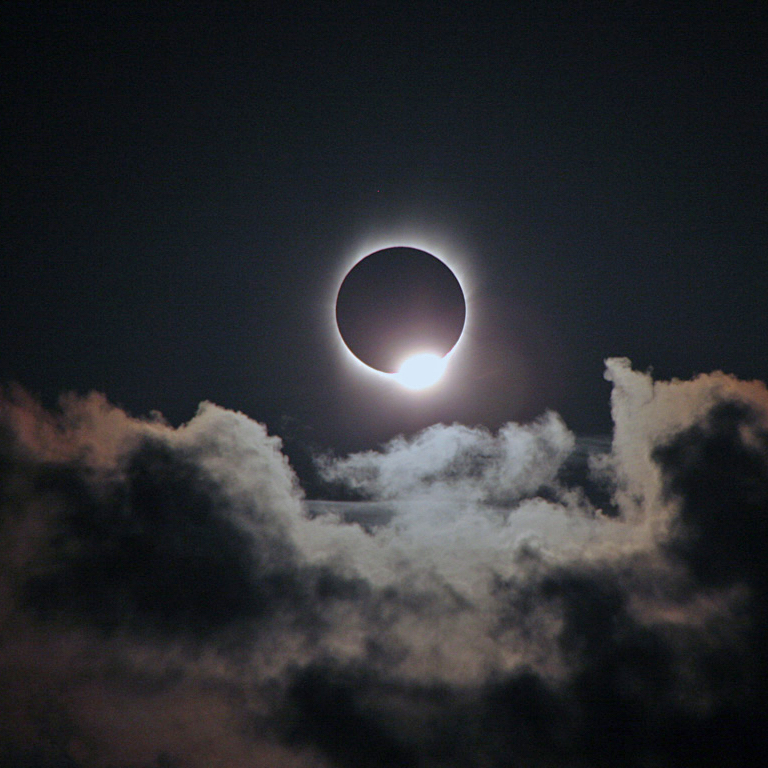
Header image: The “diamond ring” phenomena occurs just before totality occurs, during a total solar eclipse. Image credit: Rick Fienberg/TravelQuest International/Wilderness Travel
The biggest sky event of the entire year takes place in bright daylight—or not-so-bright daylight—this month, April 2024.
Totality Awesome Solar Eclipse
The celestial event we’ve all been waiting for is finally here! The total solar eclipse will take place on April 8. For almost all of North America, a portion of the Sun will be briefly covered by the new Moon in the middle of the day. For fortunate viewers in a very narrow path running from southwest to northeast across the continent, the Sun will be fully covered by the new Moon for no longer than a few minutes, resulting in a total solar eclipse! In the Chicago area, a partial eclipse occurs from 12:51 pm–3:22 pm CDT, with maximum coverage of 94 percent at roughly 2:07 pm.
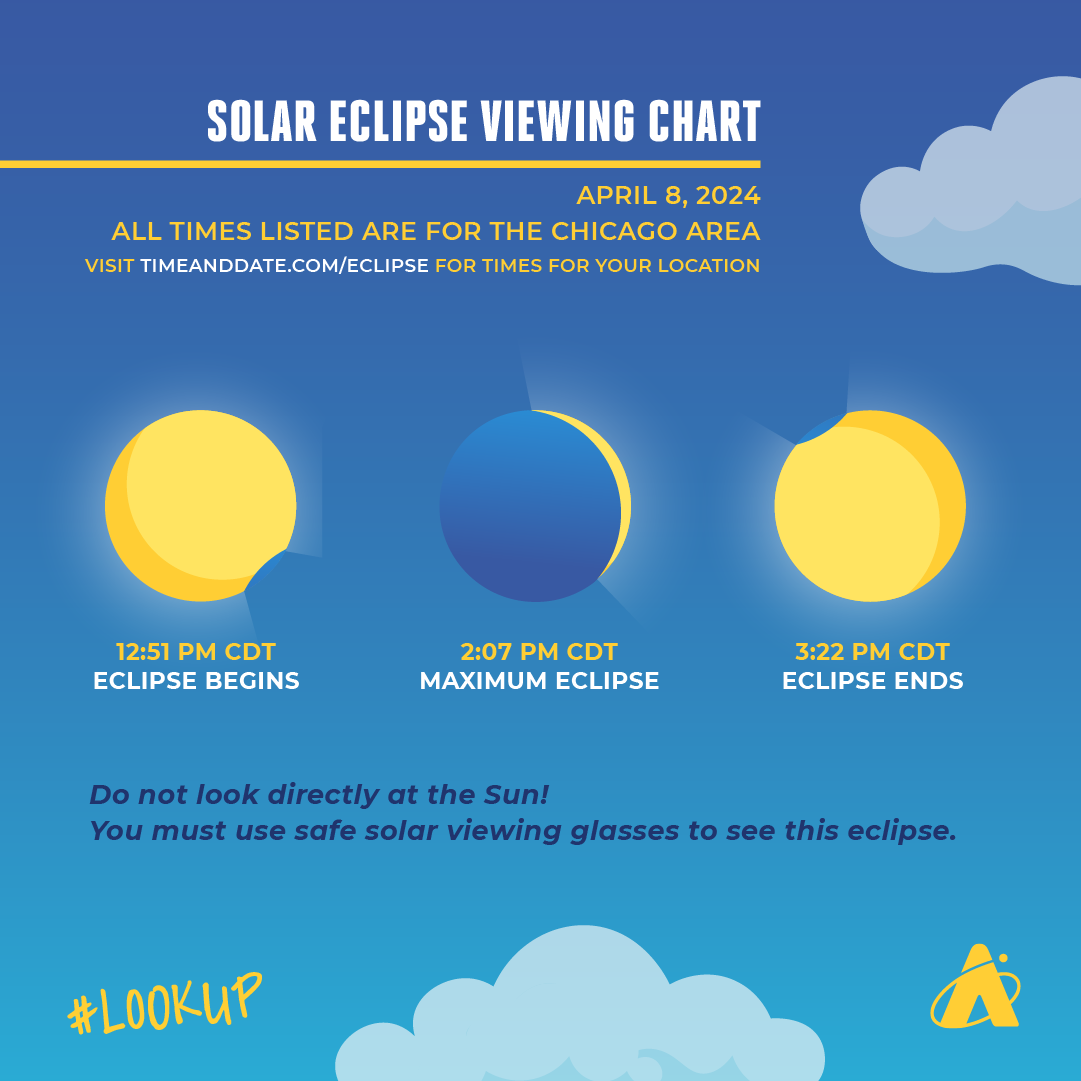
Remember, NEVER look at the Sun without special solar viewers to prevent eye damage and potential blindness. The only exception is in the brief moments when the Sun is totally eclipsed—which it won’t be for the Chicago area and almost all other places in North America. For more information on this very special event, check out our blog, Everything You Need To Know For The April 2024 Total Solar Eclipse.
Happy Earth Day
For over a half-century, April 22 has marked the day where inhabitants of our home planet gather to celebrate Earth Day—a nationwide awareness event. Earth Day began in 1970 and is considered the start of the modern environmental movement. The official theme for Earth Day 2024 is Planet vs. Plastics in effort to reduce planet-wide production of plastics.
Night-Time Sky Observing
The Lyrid meteor shower takes place this month, with a forecasted peak of about 18 meteors per hour under very clear, very dark skies. Its radiant is not far from the bright star Vega, in the constellation Lyra—where the shower gets its name.
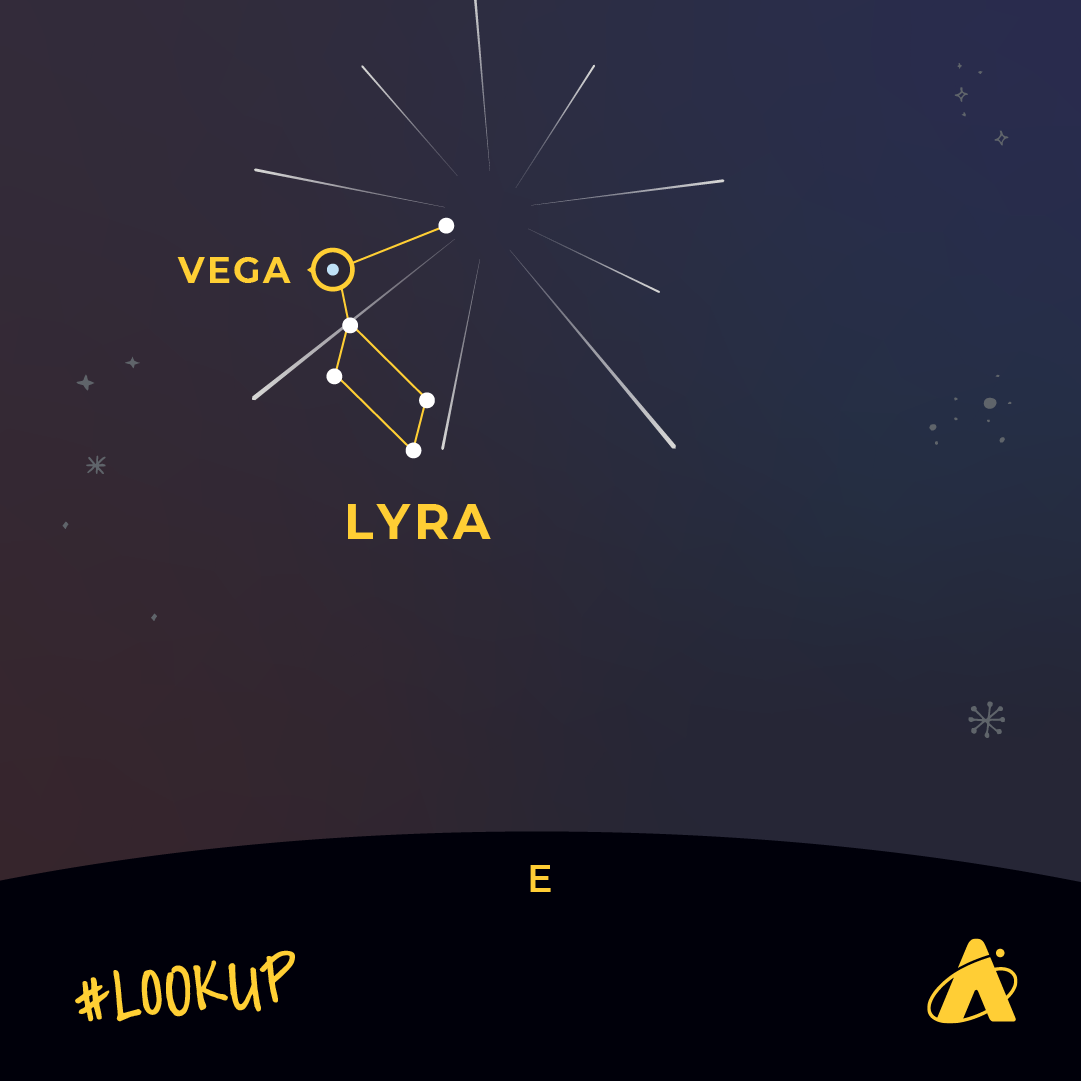
The Lyrids are expected to peak on the night of April 22 and the early-morning darkness of April 23. Unfortunately, the Moon will be nearly full on those dates and its light will blot fainter meteors from view. Try looking a couple days before the shower’s peak, when the Moon is not quite as large and will set earlier in the evening, further away from the shower’s radiant point. As always, when looking for meteors, take 20 minutes or so to get your eyes adjusted to the darkness.
The bright planet Jupiter has dominated the night sky for the past several months. However, in April it appears only briefly, low in the western sky after sunset. By month’s end, Jupiter sets in the west-northwest barely an hour after the Sun.
The first two weeks of the month, the planet Mars rises in the east-southeast during morning twilight. By April 6, the planet Saturn may also be visible very low in the east-southeast, not far from Mars and just above a very slim, waning crescent Moon. The two planets are almost identical in brightness this month—a little dimmer than first-magnitude.
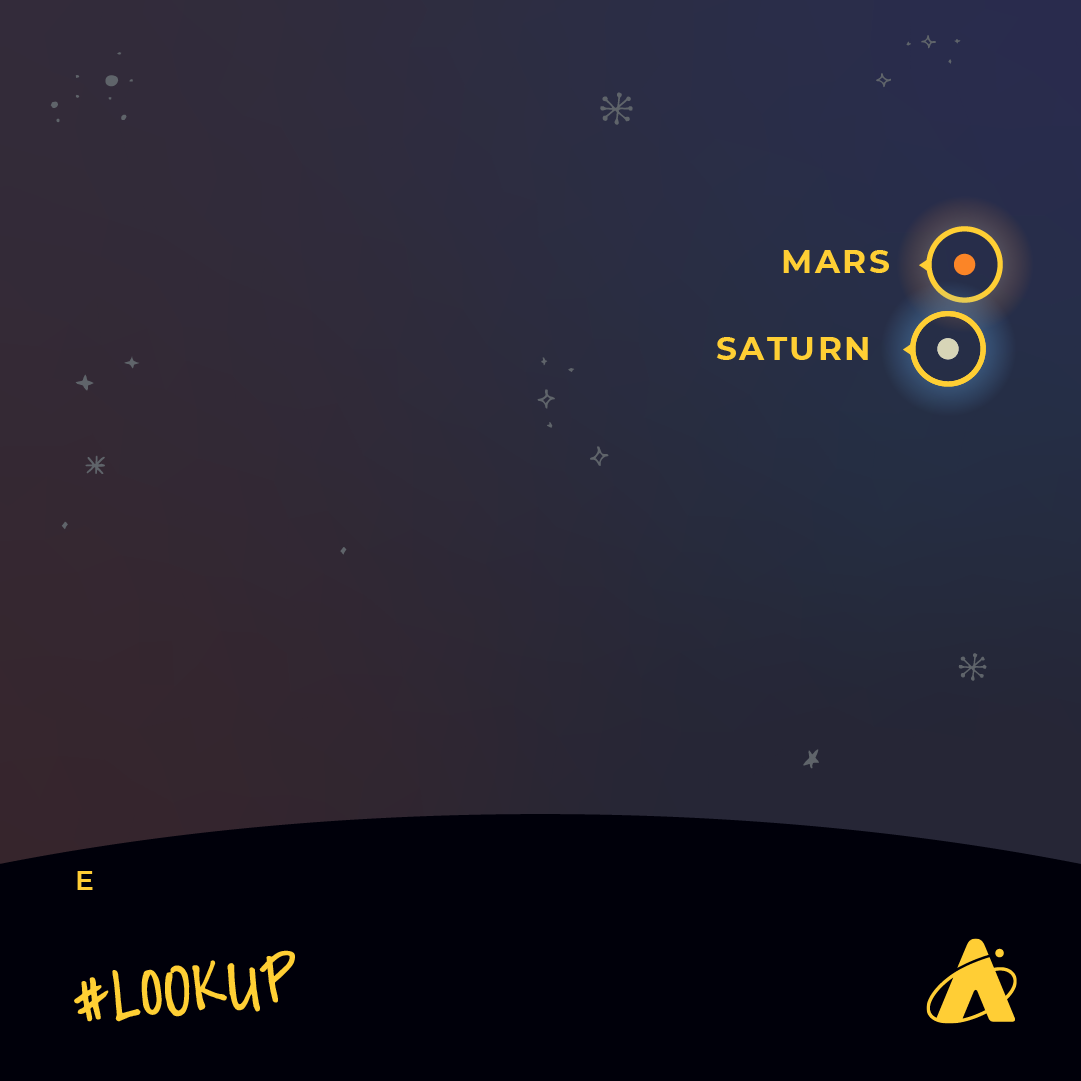
Mars and Saturn also appear to move closer with each passing morning. Between April 9–12, they’re only about one degree apart. The planets are less than 10 degrees high in the east-southeast, so you’ll need a very clear view of the horizon to see them. As the Sun rises earlier each morning this month, the two planets are blotted from view by the third week of the month.
The planet Mercury is hard to spot this month at only about second-magnitude. You may be able to catch it on April 1–2, about 45 minutes after sunset. You’ll need both a clear sky and a view to the west-northwest horizon to see it.
The brightest planet, Venus, is too close to the Sun this month to be observable.
Moon Phases
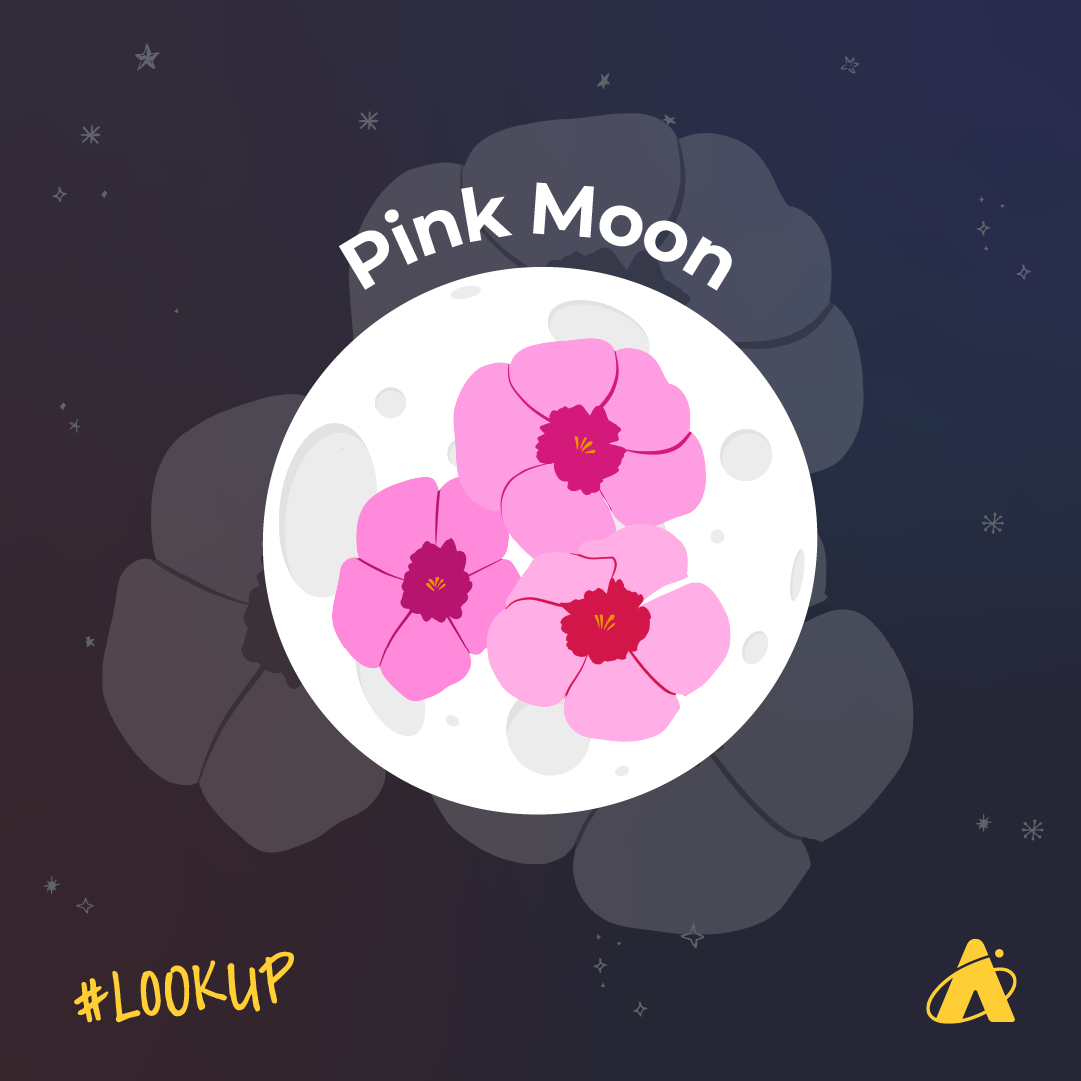
Last Quarter Moon: April 1
New Moon: April 8
First Quarter Moon: April 15
Full Moon: April 23
Please note: these descriptions are for the Chicago area, using Central time.
Subscribe To Skywatch Wednesday This April!
Tour the sky with the Adler Planetarium’s Theaters Manager, Nick, in Skywatch Wednesday. Nick uses cutting edge visualizations, NASA images, and astrophotography to show you what you can see in the night sky throughout the year.
Check out Nick’s latest episode for your ultimate guide to spring stargazing and the April solar eclipse! Don’t miss your chance to see Orion the Hunter and learn how to find constellations like Leo, Ursa Major, Boötes, and Virgo; and more.
Learn From Our Astronomy Educators!
Watch exclusive live episodes of Sky Observers Hangout this April! Learn how to observe upcoming cosmic happenings, enhance your astrophotography skills, and see celestial objects through a telescope virtually with our astronomy educators.
In our latest episode, Michelle and Hunter guide you through one of the winter sky’s most famous constellations: Orion the Hunter! Explore why this constellation has intrigued humans for millennia and uncover its stellar mysteries—from belt to Betelgeuse.







